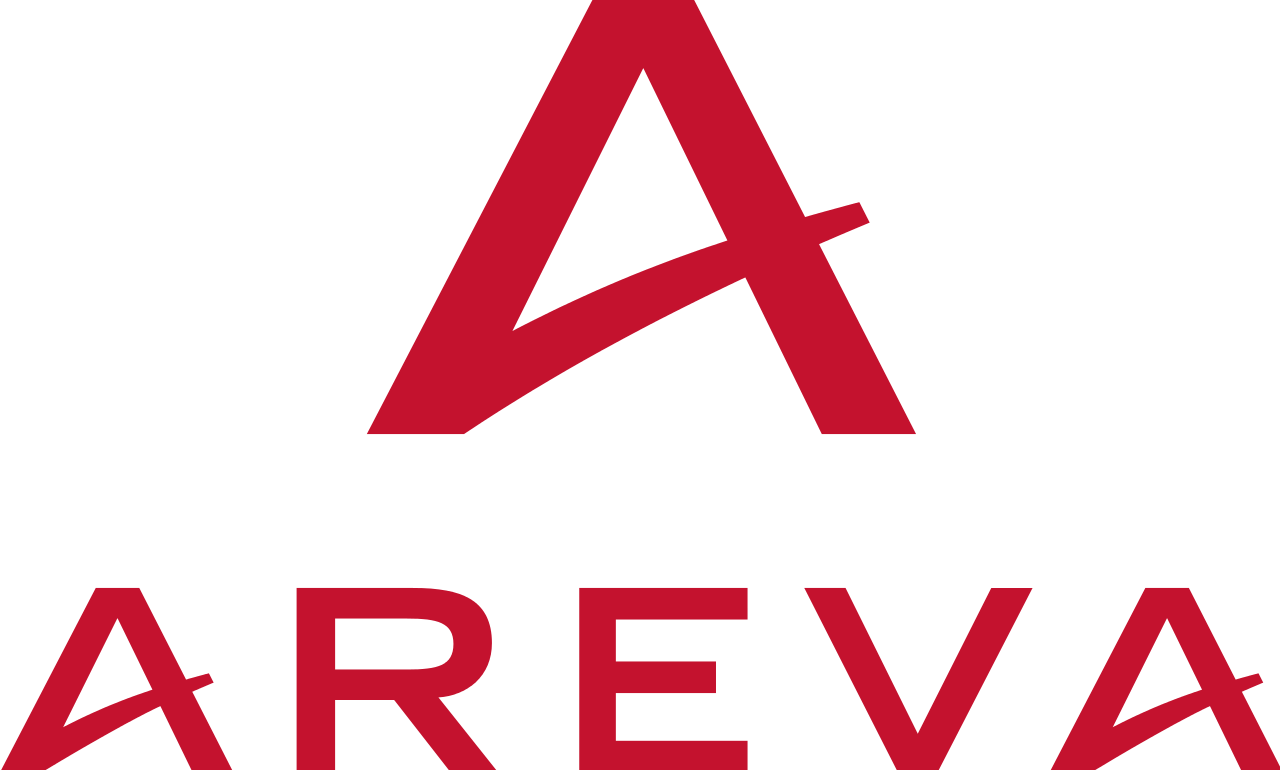10/27/2003
Press release
A shipment of spent fuel is now safely on its way to France, ANSTO* announced today.
In all, 344 solid spent fuel elements left ANSTO for loading onto a special purpose cargo ship designed to carry radioactive material, safely and securely packed in casks that have undergone rigorous testing to ensure they cannot be ruptured, even in the most severe event.
“ANSTO staff and regulatory bodies ensured the safe and secure packaging of the spent fuel elements,” said ANSTO’s Acting Executive Director, Dr Ron Cameron.
“The shipment was conducted under strict international and national security and safety standards.
“In addition, over the past few weeks ANSTO has worked closely with police, emergency services, port authorities, stevedores, our regulatory body ARPANSA and other relevant parties to prepare for this shipment,” Dr Cameron continued.
“Relevant local councils and stakeholders were informed prior to shipment. However the exact route and timetable was not provided for obvious security reasons.
“The level of radioactivity detectible outside the heavily shielded casks is very low. For example, if you stood next to a cask for one week, 24 hours a day, you’d only receive half the amount of radiation you would be exposed to in a year from naturally occurring sources,” he said.
Since 1963 five shipments of ANSTO’s spent fuel have travelled to various places around the world without incident. This is the sixth shipment. Internationally since 1971, there have been over 7,000 shipments of spent fuel. There has never been an incident that resulted in the release of radioactivity.
“The 344 spent fuel elements in this shipment represent about nine years of reactor operations, and during that time around four million patient treatments have been produced,” said Dr Cameron. “This amounts to a significant contribution to the healthcare of all Australians.”
The transportation of the fuel follows a Federal Government decision in September 1997 not to establish a reprocessing facility at Lucas Heights but instead to ship all used fuel overseas.
“The shipment is part of planned process of meeting the expressed desires of the local community for the reduction of spent fuel stored at our Lucas Heights site,” said Dr Cameron.
The shipment, heading for La Hague, France, plant of Compagnie Generale des Materies Nucleaire (COGEMA), was the third made under the terms of a contract signed by ANSTO and COGEMA in January 1999.
“Environment Australia, the Australian Maritime Safety Authority, the Australian Safeguards and Non-Proliferation Office and the Australian Radiation Protection and Nuclear Safety Agency (ARPANSA) each approved arrangements for the shipment,” concluded Dr Cameron.
For more informations http://www.ansto.gov.au/
*ANSTO is the Australian Nuclear Science Technology Organisation, the country’s national nuclear research and development organisation and the centre of Australian nuclear expertise – over 70 per cent of all radioisotopes used in Australian nuclear medicine are made in ANSTO's reactor.
In all, 344 solid spent fuel elements left ANSTO for loading onto a special purpose cargo ship designed to carry radioactive material, safely and securely packed in casks that have undergone rigorous testing to ensure they cannot be ruptured, even in the most severe event.
“ANSTO staff and regulatory bodies ensured the safe and secure packaging of the spent fuel elements,” said ANSTO’s Acting Executive Director, Dr Ron Cameron.
“The shipment was conducted under strict international and national security and safety standards.
“In addition, over the past few weeks ANSTO has worked closely with police, emergency services, port authorities, stevedores, our regulatory body ARPANSA and other relevant parties to prepare for this shipment,” Dr Cameron continued.
“Relevant local councils and stakeholders were informed prior to shipment. However the exact route and timetable was not provided for obvious security reasons.
“The level of radioactivity detectible outside the heavily shielded casks is very low. For example, if you stood next to a cask for one week, 24 hours a day, you’d only receive half the amount of radiation you would be exposed to in a year from naturally occurring sources,” he said.
Since 1963 five shipments of ANSTO’s spent fuel have travelled to various places around the world without incident. This is the sixth shipment. Internationally since 1971, there have been over 7,000 shipments of spent fuel. There has never been an incident that resulted in the release of radioactivity.
“The 344 spent fuel elements in this shipment represent about nine years of reactor operations, and during that time around four million patient treatments have been produced,” said Dr Cameron. “This amounts to a significant contribution to the healthcare of all Australians.”
The transportation of the fuel follows a Federal Government decision in September 1997 not to establish a reprocessing facility at Lucas Heights but instead to ship all used fuel overseas.
“The shipment is part of planned process of meeting the expressed desires of the local community for the reduction of spent fuel stored at our Lucas Heights site,” said Dr Cameron.
The shipment, heading for La Hague, France, plant of Compagnie Generale des Materies Nucleaire (COGEMA), was the third made under the terms of a contract signed by ANSTO and COGEMA in January 1999.
“Environment Australia, the Australian Maritime Safety Authority, the Australian Safeguards and Non-Proliferation Office and the Australian Radiation Protection and Nuclear Safety Agency (ARPANSA) each approved arrangements for the shipment,” concluded Dr Cameron.
For more informations http://www.ansto.gov.au/
*ANSTO is the Australian Nuclear Science Technology Organisation, the country’s national nuclear research and development organisation and the centre of Australian nuclear expertise – over 70 per cent of all radioisotopes used in Australian nuclear medicine are made in ANSTO's reactor.
